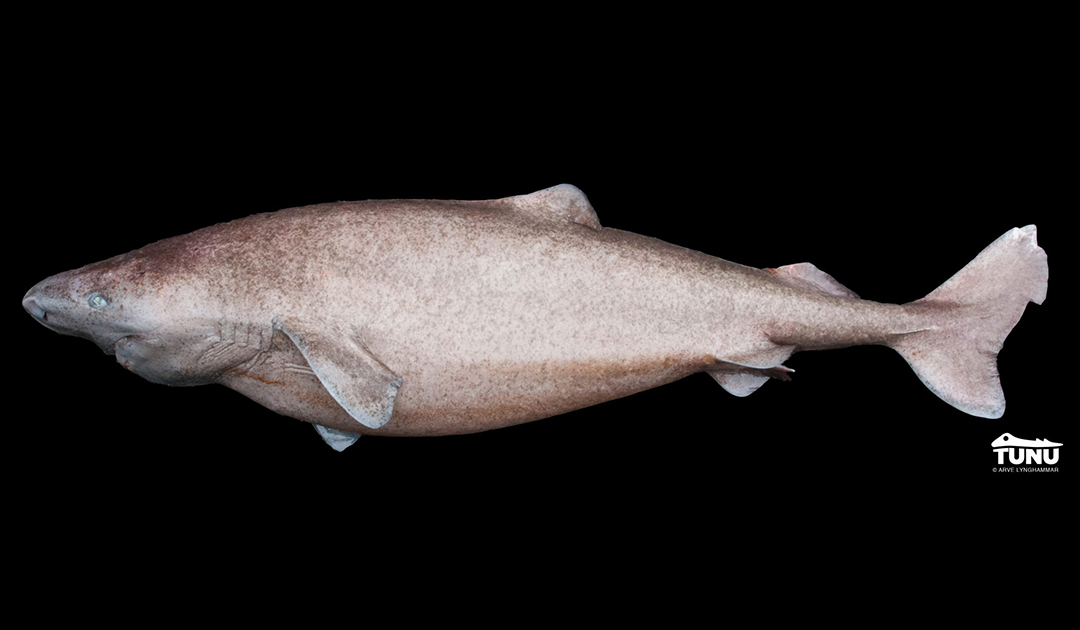
Where do Greenland sharks reproduce? Where do they have their young? How many young can a female give birth to? How large is the population and what are their migration routes? All questions to which researchers do not yet have an answer. What is certain, however, is their high life expectancy of several hundred years. Some of the open questions can hopefully be answered soon, as 40 Greenland sharks are currently being tracked by satellite.
A few years ago, Julius Nielsen, who conducted research at the Greenland Institute of Natural Resources in Nuuk and is now moving to the Natural History Museum in Copenhagen, made the astonishing discovery as part of his doctoral thesis that Greenland shark females do not mate for the first time until they are between 100 and 150 years old.
But they also take their time moving around. Within one hour they swim only a little more than one kilometer. For comparison, a human walks about three times faster on a leisurely stroll. Nevertheless, researchers assume that the fish, which belong to the sleeper sharks, can travel several hundred or even thousand kilometers within a few months.

Speaking to ScienceNorway, Nielsen said he also wants to find out what Greenland sharks feed on. In the stomachs of Greenland sharks netted as bycatch, a number of finds have already been made, some of them rather strange, ranging from cod to complete, uninjured seals and the remains of reindeer to polar bears and sled dogs. Fishing nets and Coke cans were also found.
This begs the question, how does such a slow swimmer catch agile, nimble fish and seals? According to Nielsen, one hypothesis is that Greenland sharks swim silently and thus get very close to their prey. “Then it just opens its mouth quickly and creates a negative pressure inside the mouth,” Nielsen says. “That’s how whole seals can disappear into the shark’s stomach.”

In a new study, researchers from Greenland, Tromsø and Copenhagen are now collaborating to equip 40 Greenland sharks with satellite transmitters. They hope to find the shark’s still secret mating spots and also the region where females give birth to their young.
In another study, Danish researcher Kim Præbel of the Norwegian College of Fishery Science at the University of Tromsø takes a closer look at the DNA of Greenland sharks. He says the sharks’ genetic material could provide more exciting research in the future. “DNA from Greenland sharks along the coast of Norway shows a completely different genetic structure than we had expected,” he lets slip to ScienceNorway.
Thus, Præbel suspects that Greenland sharks are at home throughout the world ocean. Perhaps the different species of sleeper sharks that live in the North Atlantic, Pacific, Mediterranean, off Japan, and Antarctica are not different species at all.
According to Præbel, the researchers have now also observed sexually mature females and males at the same time in the same place – in a fjord in Lofoten in northern Norway. In any case, he promises exciting new findings about Greenland sharks.
Julia Hager, PolarJournal
More on the subject:





